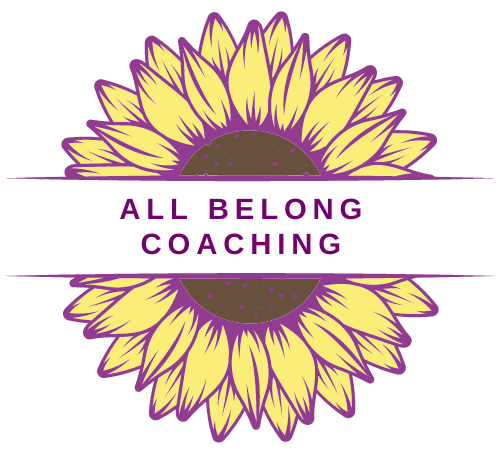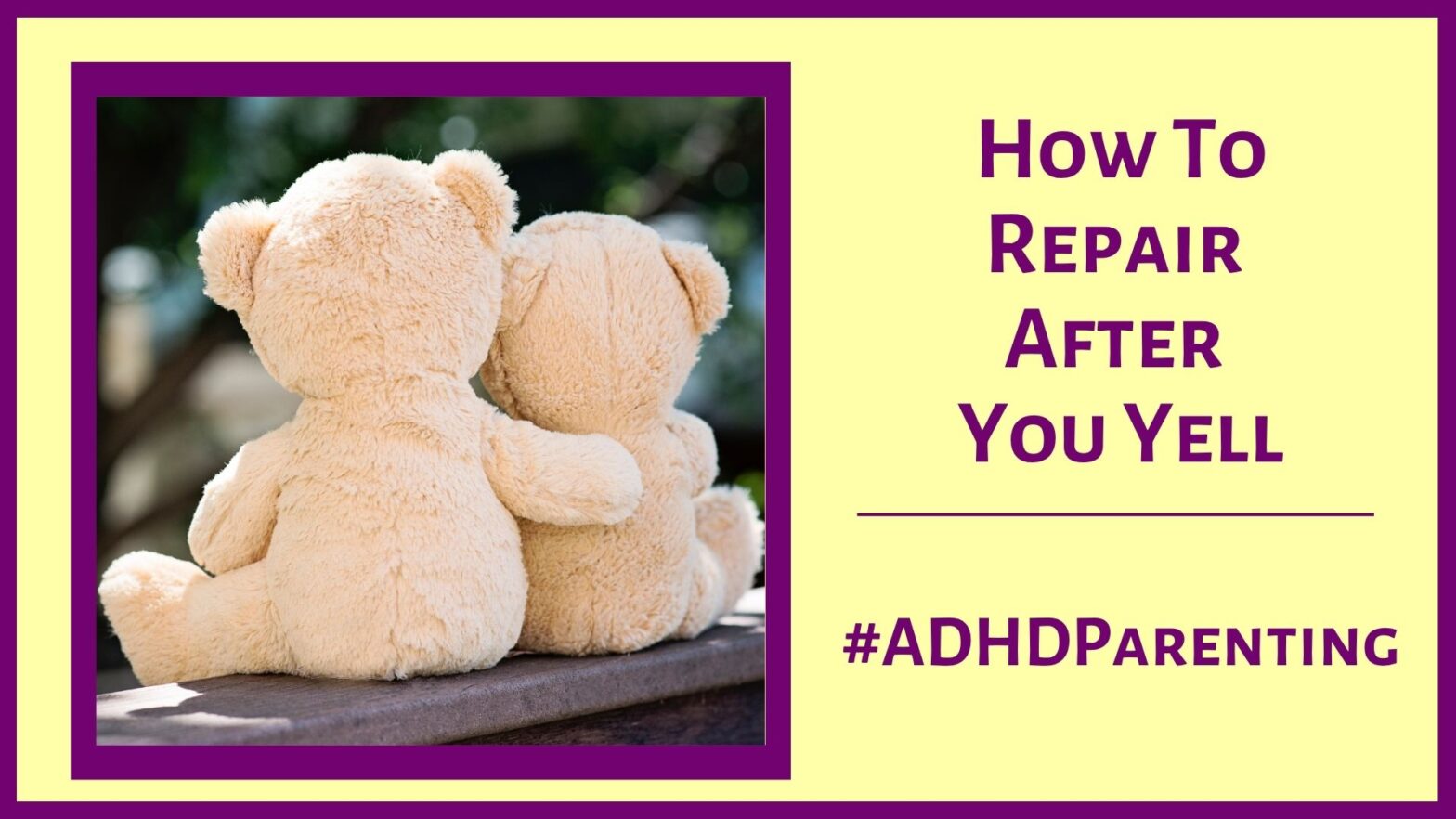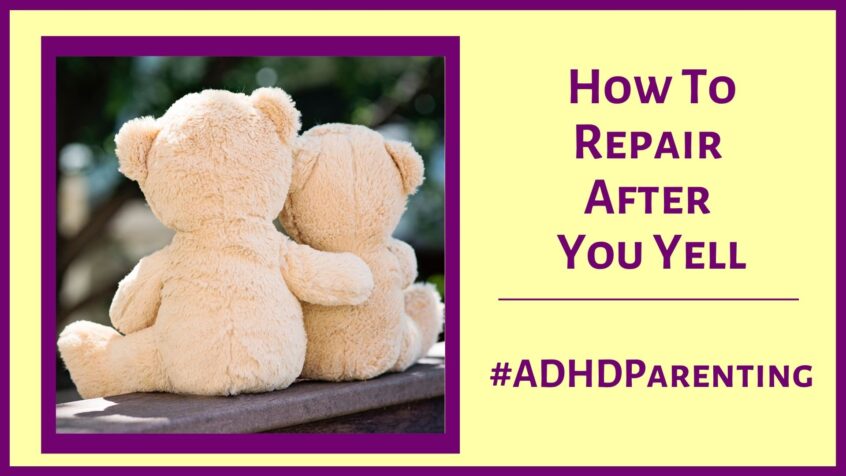How To Repair After You Yell
Let’s be real: If you’ve got ADHD kids, yelling can feel like a sport. The constant chaos, the never-ending pile of things that should get done, and the “Oh, here we go again” moments that push you to the edge.
And then… BAM. You lose it. You raise your voice, and suddenly you’re that parent—the one who sounds like they’ve had one too many.
I get it. This was 100% me when my kids were smaller.
Especially with one child who was more prone to button pushing. I felt like a monster.
But here’s the thing: you’re human, not a robot, and we all have those moments.
Yelling doesn’t make you a monster. What matters is what happens after.
Because guess what?
Repairing the damage is where the magic happens.
It’s about using connection, co-regulation, and collaboration to get back on track—not just for your kid, but for you too.
So take a deep breath (or five) and let’s figure out how to do better next time.
Understanding Triggers and Reactions
ADHD kids can be wild.
It’s not just the distractions or forgetting things—it’s the emotional overwhelm that comes with it. You’re already running on empty, and then, bam, they hit that magic button that makes your brain go into fight-or-flight mode.
Suddenly, you’re yelling before you even realize it.
So, what triggers you? Is it the constant interruptions? The chaos that feels like you’re living in a circus?
Or just the weight of doing everything without being seen?
Recognizing your triggers is the first step in stopping the cycle.
One of my big triggers was arguing in the car, because I felt trapped.
Once you know what sets you off, you can hit pause before reacting next time.


The Repair Process
Alright, you’ve yelled. It happens. Now, let’s fix it. The good news is that the repair process doesn’t have to be complicated or perfect—just sincere and intentional.
Start by taking a breath (or twenty). Seriously.
Before you dive into any repairs, you need to calm down first. If you’re still simmering, the repair is going to come across as defensive or rushed.
So step back, take a break, and let your brain cool off.
Next, apologize. Not the half-hearted “sorry you’re mad” kind of apology.
A real, genuine one. Acknowledge that you messed up and own the fact that you lost your cool.
And connect with your kid. Listen—this is the key—active listening, not just waiting for your kid to stop talking so you can explain yourself. Let them express how they felt and what they need from you in that moment.
Implementing Co-Regulation Techniques
Now that you’ve apologized and connected, it’s time to get into co-regulation. This is where you, as the adult with ADHD, model emotional regulation.
Spoiler: it’s not about being perfect—it’s about showing up, even when you’re a bit frazzled.
Start with yourself. Deep breathing, a quick walk, or some mindfulness can help you regulate before you can help your kid.
Once you’re grounded, offer simple tools like deep breathing or grounding exercises to help your child calm down too.
Make it a “we” thing, not a “you need to calm down” thing.
The goal here is modeling calm, showing that it’s okay to feel big feelings, but it’s also okay to handle them without yelling.


Time To Collaborate
You’ve apologized, connected, and co-regulated. Now it’s time to collaborate together to figure out how to prevent the next explosion.
This is where you step away from “parental authority” and into team mode. Because guess what? You’re a team, even when it feels like the world’s falling apart.
Start by setting up a safe space.
This isn’t about a “no yelling” zone; it’s about creating an environment where both of you can express your thoughts and feelings without judgment.
Use language that invites collaboration. For example: “I’m feeling frustrated. What do you need right now?” or “I want to work together to figure this out.”
One of the ones I’ve heard work with kids a little older is saying, “Hey I know this didn’t go the way either one of us felt good about, what would have made it better for you?”
The goal here is to solve problems with your kid, not “fix” them.

Parenting with ADHD (yours and/or theirs) is a rollercoaster, and yelling is part of the ride. But the good news is, you don’t have to stay stuck in the loop.
By taking the time to repair, co-regulate, and collaborate, you can turn those moments into opportunities to strengthen your relationship with your kid, and hey, even grow a little as a parent.
Remember, it’s not about being perfect—it’s about showing up, owning your mistakes, and working together to make things better.
So next time the storm hits, take a deep breath, hit pause, and know that repairing is always possible. You’ve got this.
If you’re ready to dive deeper into connection, co-regulation, and creating a more manageable and authentic parenting journey, I’d love to help. Toss me an email or book a FREE no obligation Discovery Call today.

 Don’t Delay Joy
Don’t Delay Joy
Kat Sweeney, MCLC


